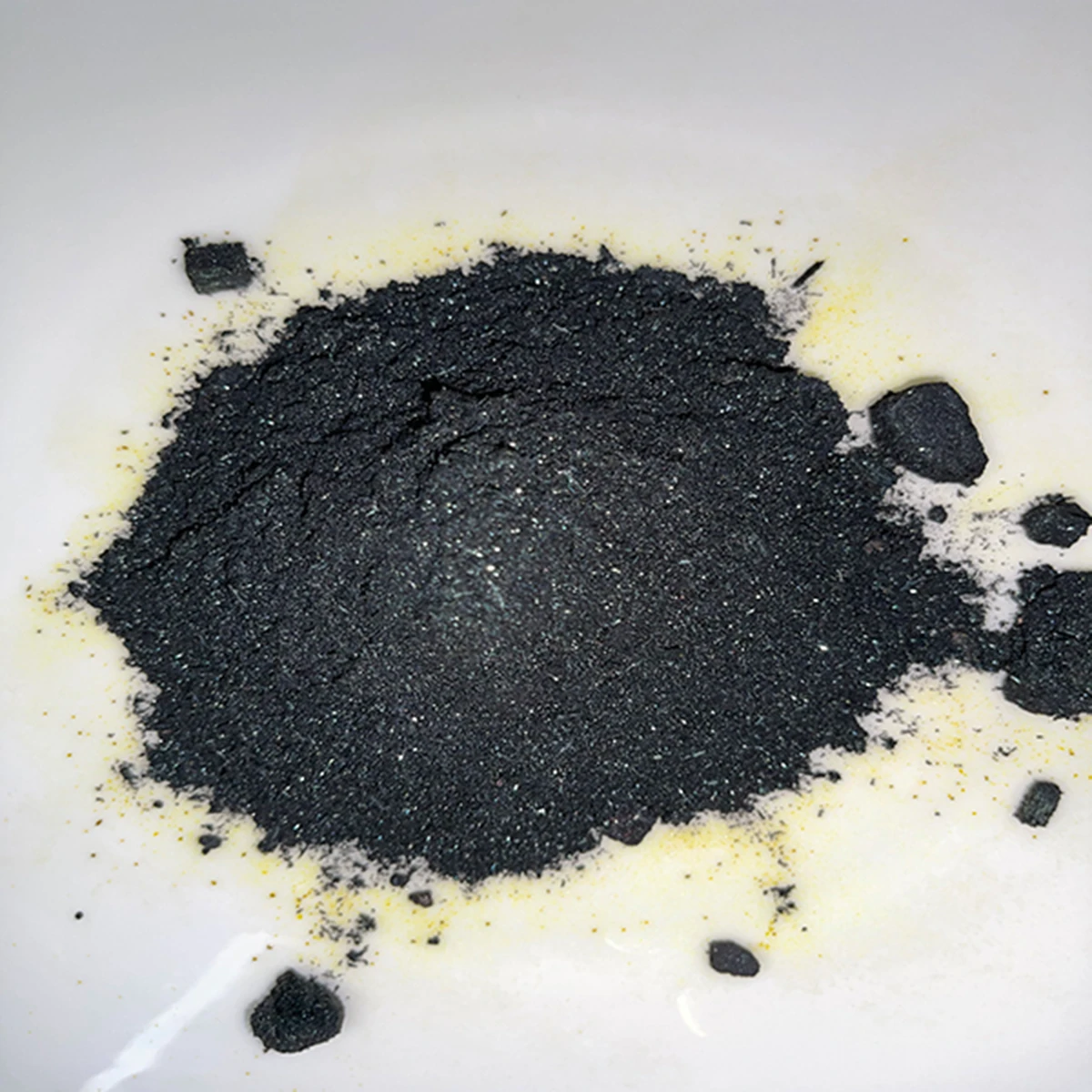



Does sodium bisulfate effectively decrease pH levels in various solutions?
Does Sodium Bisulfate Lower pH?
Sodium bisulfate, also known as sodium hydrogen sulfate, is a chemical compound with the formula NaHSO₄. It is widely used in various industries, from food processing to pool maintenance, for its ability to lower pH levels. Understanding the properties and applications of sodium bisulfate can help both consumers and professionals in various fields make informed decisions about its use.
Understanding pH and Its Importance
pH is a measure of how acidic or basic a solution is, with a scale ranging from 0 to 14. Solutions with a pH less than 7 are considered acidic, while those with a pH greater than 7 are basic (or alkaline). A pH of 7 is neutral. Many chemical processes, biological functions, and industrial applications are sensitive to pH levels. For instance, in swimming pools, maintaining an appropriate pH (typically between 7.2 and 7.8) is crucial for swimmer comfort and the effectiveness of sanitizers.
Sodium Bisulfate as a pH Reducer
Sodium bisulfate acts as an acidifying agent, meaning it can lower the pH of solutions. When added to water, it dissociates into sodium ions (Na⁺) and bisulfate ions (HSO₄⁻). The bisulfate ion can donate a proton (H⁺), which lowers the pH of the solution. This property makes sodium bisulfate an effective and convenient alternative to muriatic acid (hydrochloric acid) for pH adjustment in various applications.
Applications in Pool Maintenance
does sodium bisulfate lower ph

One of the most common uses of sodium bisulfate is in swimming pool maintenance. Swimming pools need to maintain an optimal pH level to ensure the effectiveness of chlorine and to prevent skin and eye irritation for swimmers. When the pH level rises above the desired range, sodium bisulfate can be added to effectively bring it back down. It is often preferred due to its ease of use, safety compared to stronger acids, and its ability to dissolve quickly in water.
Applications in Food Processing
Sodium bisulfate also has applications in the food industry. It is used as a food additive and preservative due to its acidifying properties. As a pH regulator, it helps maintain the desired acidity level in certain food products, which can enhance flavor and preservation. While using sodium bisulfate in food production, strict regulations are observed to ensure that it is safe for consumption. This compound is generally recognized as safe (GRAS) when used in appropriate amounts.
Safety Considerations
When handling sodium bisulfate, it is essential to follow safety guidelines. Although it is less hazardous than other acidic compounds, it can still cause irritation to the eyes, skin, and respiratory system. Wearing protective gear such as gloves and goggles is advisable when working with it. Furthermore, proper ventilation is necessary to mitigate any dust or fumes that may arise during its use.
Conclusion
In summary, sodium bisulfate is a highly effective chemical for lowering pH across various applications, including pool maintenance and food processing. Its ability to adjust acidity levels makes it a valuable tool for many industries. However, safety precautions should always be observed. As consumers and professionals continue to seek effective pH control methods, sodium bisulfate stands out as a reliable, user-friendly option. Understanding its properties and applications allows for safer and more efficient usage, ensuring optimal results in whatever context it is applied.
-
Why Sodium Persulfate Is Everywhere NowNewsJul.07,2025
-
Why Polyacrylamide Is in High DemandNewsJul.07,2025
-
Understanding Paint Chemicals and Their ApplicationsNewsJul.07,2025
-
Smart Use Of Mining ChemicalsNewsJul.07,2025
-
Practical Uses of Potassium MonopersulfateNewsJul.07,2025
-
Agrochemicals In Real FarmingNewsJul.07,2025
-
Sodium Chlorite Hot UsesNewsJul.01,2025










